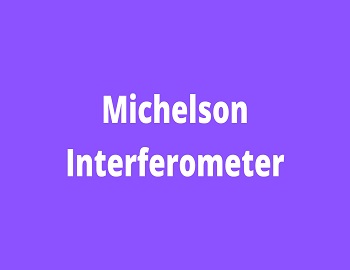Bainbridge’s Mass Spectrograph:
The apparatus is shown diagrammatically in the below figure.

The beam of positive ions produced in a discharge tube is collimated by two slits S1 and S2 and enters a “velocity selector”. The velocity selector consists of-
- a steady electric field X maintained at right angles to the ion beam between two plane parallel plates P1 and P2.
- a magnetic field B.
The magnetic field is produced by an electromagnet represented by the dotted circle. The magnetic field B is perpendicular to X and the ion beam. The electric field and magnetic field of the velocity selector are so adjusted that the deflection produced by one is nullified by the deflection produced by the other. If X and B are the electric intensity and magnetic induction, then Xe = Bev or v = X/B.
Only those ions, having this velocity v, alone pass through the entry slit S3, to enter the evacuated chamber D. Thus all ions entering D must have the same velocity. The positive ions which enter into D are subjected to a strong uniform magnetic field of intensity B’, perpendicular to its path. The force acting on each ion will be B’ev.
Ions with different masses trace circular paths of different radii given by
| R= Mv/B’e (∵ B’ev =Mv2/R) e/M = v/B’R = X/BB’R(∵ v = X/B) Since v and B’ are constant quantities, e/M ∝ 1/R |
After describing semicircles, the ions strike a photographic plate.
Now, M = B’e R/v. If e is the same for all ions, then M ∝ R.
So we get a linear mass scale on the photographic plate. It will be seen that ions of different masses strike the photographic plate at different points, thus giving a typical mass spectrum.
Advantages of Bainbridge’s Mass Spectrograph:
(1) Since a linear mass scale is obtained, the accuracy of measurements is increased.
(2) The sensitivity depends on the strength of the deflecting magnetic field B’ and the field area of chamber D. Bainbridge used a magnetic field of 1.5 weber/m2 over a semicircle of radius 0.2m. He found a definite increase in resolving power over Aston’s apparatus. The ten isotopes of tin were resolved by this instrument.









Comments (No)